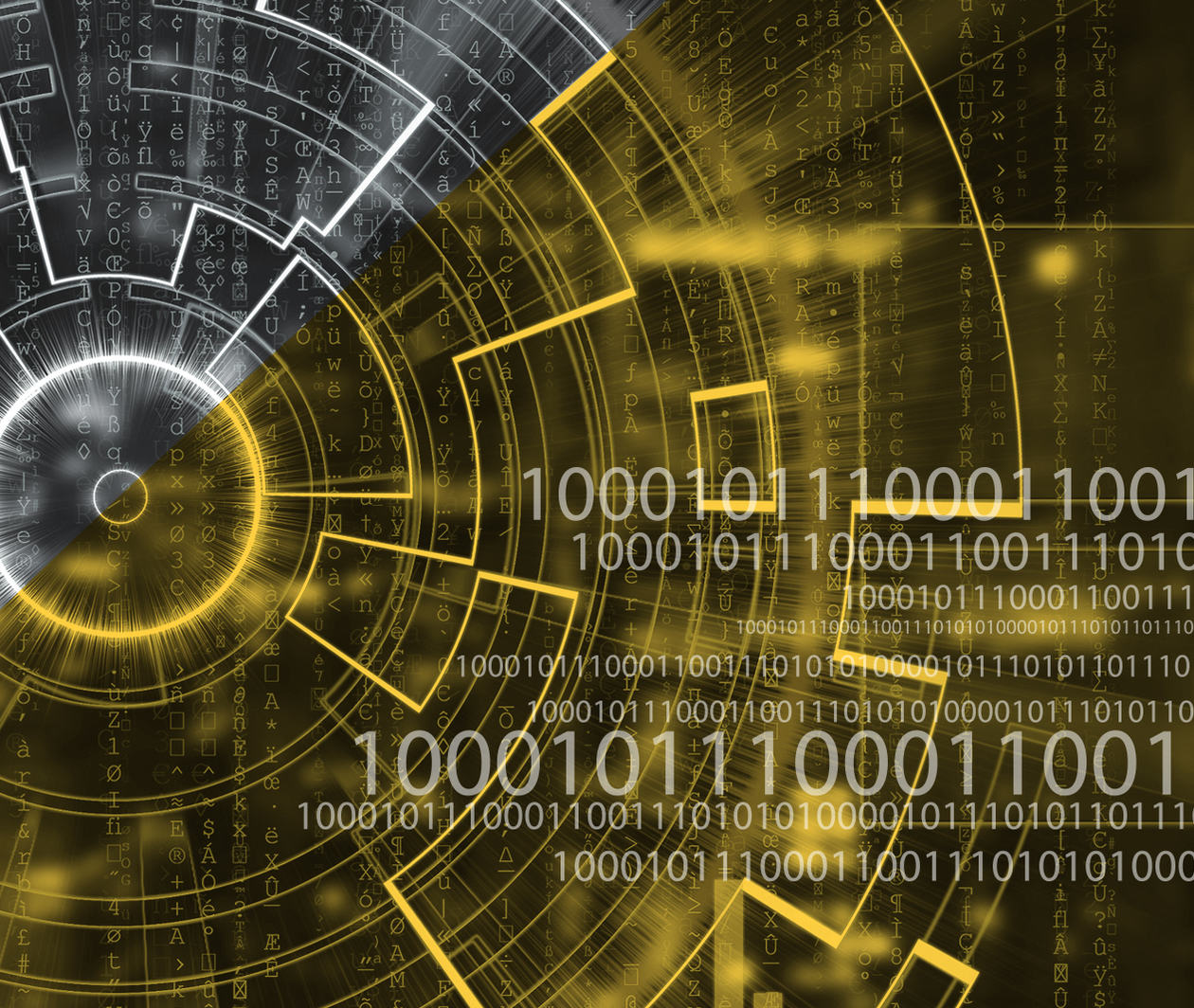
Duration
4 weeksWeekly study
3 hours
Robotic Vision: Image Processing
Other courses you might like
This course isn't running right now. We can email you when it starts again, or check out these other courses you might like.
Browse more in IT & Computer Science
Understand how to use image processing and transformation to make robots see
Robotic vision relies on cameras and computers identifying and extracting image features to recognise a shape.
On this four-week course, you’ll explore how computers process images and how images are represented in a computer to help you understand the fundamentals of robotic vision.
You’ll learn to identify the unique features of a shape and its perimeter to examine how robots can be programmed to see.
Examine advanced image processing techniques
You’ll delve into the ways in which images are processed, covering advanced techniques such as morphological image processing and gamma correction.
You’ll be able to describe the purposes of different types of image processing to determine which is best for your operations.
You’ll also look at the properties of colour and light and how to apply this to robotics, understanding exactly how robots see and process colours.
Learn how to do basic coding in MATLAB
You’ll put your new skills into practice by learning the operations required to process an image using the programming language and environment MATLAB.
You’ll be guided through basic coding by the experts at Queensland University of Technology, to demonstrate the types of processing that you can use to programme robots to see.
By the end of the course, you’ll have the practical skills and knowledge to apply advanced image processing techniques to robotics.
What topics will you cover?
- How computers process images
- Pixels, edges and regions
- How images are processed – histograms, monadic operations such as gamma correction and thresholding, and diadic operations
- Spatial operators such as kernels, Gaussian smoothing and edge detection
- How to extract image features – binary blobs and blob hierarchy
- Advanced image processing – morphology, scaling and image warping
- How to find dominant lines
- Properties of colour and light
Learning on this course
On every step of the course you can meet other learners, share your ideas and join in with active discussions in the comments.
What will you achieve?
By the end of the course, you‘ll be able to...
- Describe how images are represented in a computer
- Describe the purposes of different types of image processing and feature extraction operations
- Demonstrate basic coding in MATLAB for image processing relevant to robotics
Who is the course for?
This course is designed for those familiar with concepts from advanced high-school mathematics or undergraduate engineering. It’s also useful to have some programming knowledge.
You can enrol in the MATLAB Onramp tutorial here.
What software or tools do you need?
This course contains many practice activities in MATLAB. However, you won’t need to download the MATLAB software to complete the course (although if you already have it you are welcome to use it). The MATLAB exercises are embedded within the course, or you can use a version of MATLAB Online for which you’ll be provided a log-in and instructions for importing the Machine Vision Toolbox for MATLAB. You don’t need to own a robot, or have a robot kit, to take this course.
Who will you learn with?
Professor of Robotic Vision at QUT and Director of the Australian Centre for Robotic Vision (ACRV). Peter is also an IEEE fellow and on the editorial board of several robotics research journals.
PhD Candidate with the Australian Centre for Robotic Vision researching towards robust visual object recognition to facilitate useful robotic tasks.
Dr Pepperell completed his PhD in robotic vision at QUT in 2016, with a research focus in vision-based place recognition.
Who developed the course?
Established
1989Location
Brisbane, AustraliaWorld ranking
Top 180Source: Times Higher Education World University Rankings 2019
Learning on FutureLearn
Your learning, your rules
- Courses are split into weeks, activities, and steps to help you keep track of your learning
- Learn through a mix of bite-sized videos, long- and short-form articles, audio, and practical activities
- Stay motivated by using the Progress page to keep track of your step completion and assessment scores
Join a global classroom
- Experience the power of social learning, and get inspired by an international network of learners
- Share ideas with your peers and course educators on every step of the course
- Join the conversation by reading, @ing, liking, bookmarking, and replying to comments from others
Map your progress
- As you work through the course, use notifications and the Progress page to guide your learning
- Whenever you’re ready, mark each step as complete, you’re in control
- Complete 90% of course steps and all of the assessments to earn your certificate
Want to know more about learning on FutureLearn? Using FutureLearn
Do you know someone who'd love this course? Tell them about it...
You can use the hashtag #FLroboticvision2 to talk about this course on social media.
